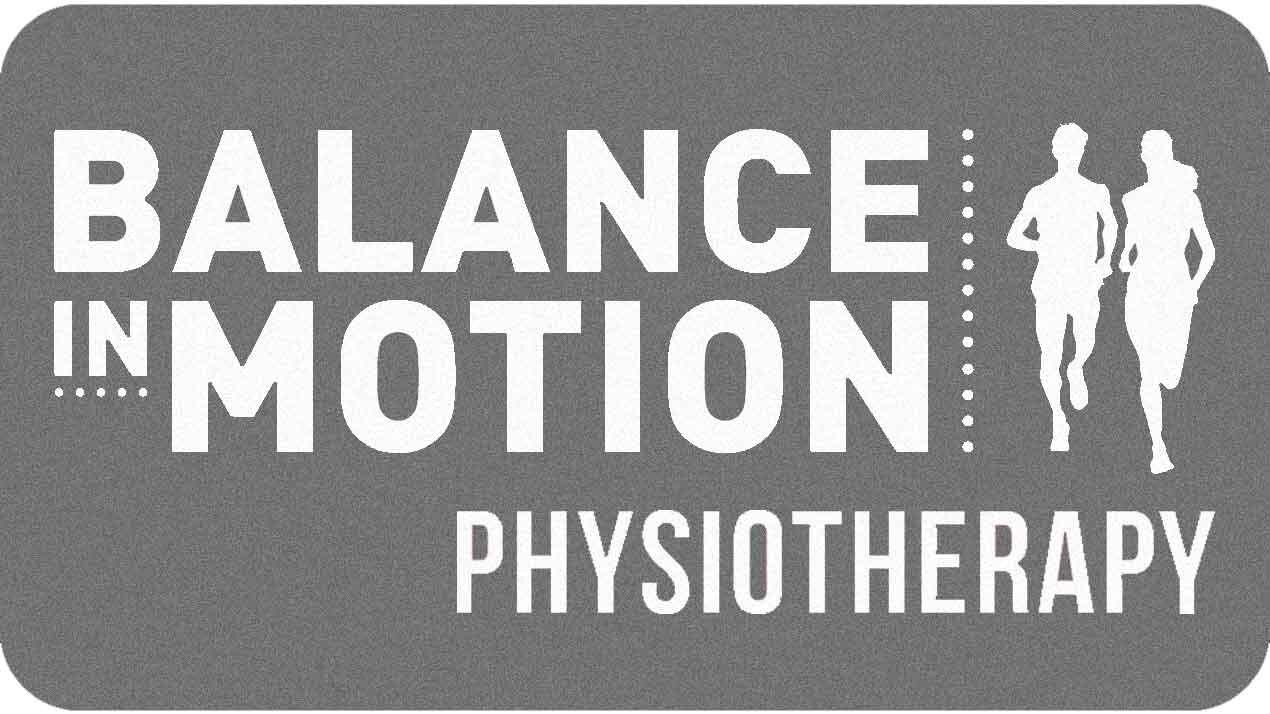Have I Got Kinesiophobia?
/Kinesiophobia!
Sounds like a pretty severe phobia doesn’t it.
Basically it’s a fear of movement.
They’ve done studies on people who have dislocated or subluxed their shoulders. Then had them surgically repaired with a solid physio based rehab program. They are objectively in great shape, yet anytime they lift their arm out to the side, using some rotation, they hit the panic button.
Read More













